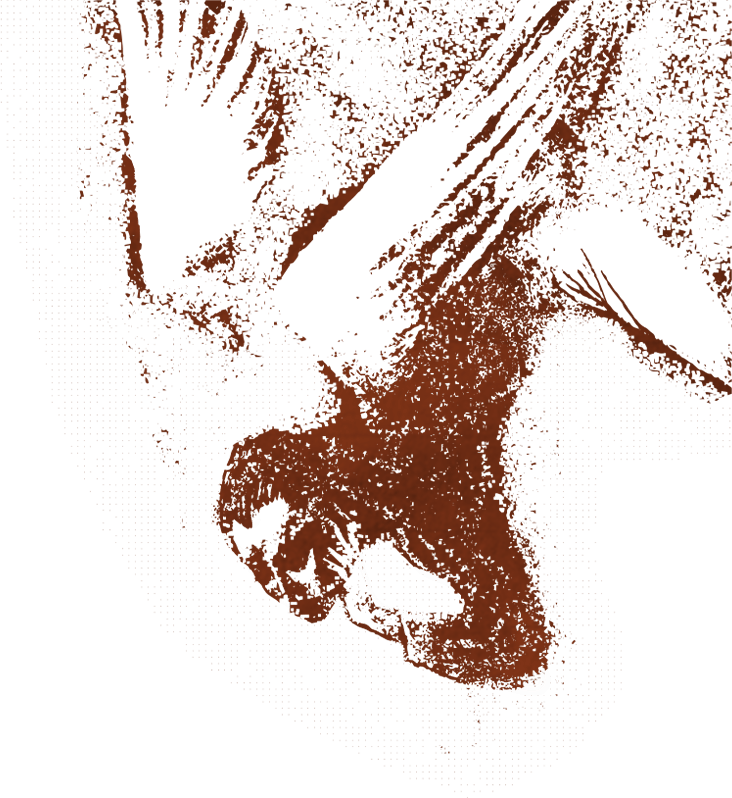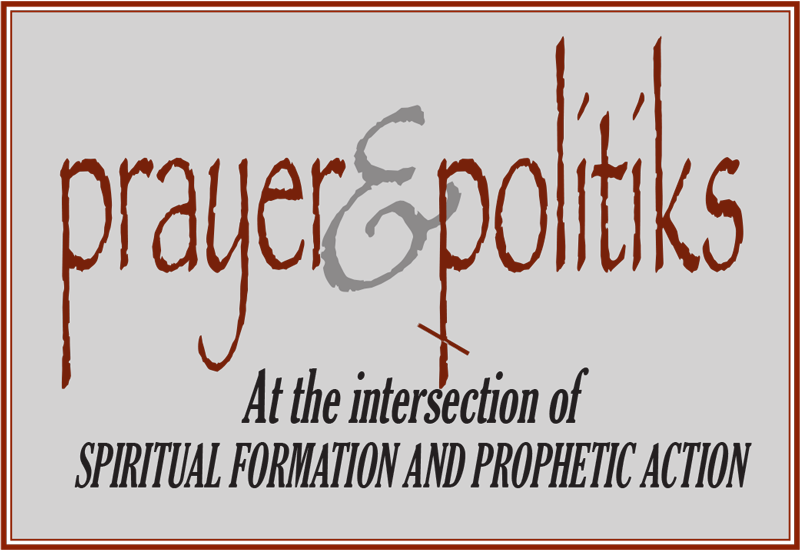Vermes, professor Jewish studies at Oxford, attempts to consider Jesus, the primitive church and the New Testament as part of first century Judaism and seeks to ream them as such rather than through the eyes of a theologian conditioned and subconsciously influenced by two millennia of Christian belief and church directives
The Greek New Testament is a ‘translation of the genuine thoughts of the Aramaic thinking and speaking Jesus, a translation not just into a totally different language, but also a transplantation of the ideology of the gospels into the completely alien and cultural and religious environment of the pagan Graeco-Roman world’ (p 3).
A key example is ‘Son of G-d’, in Hebrew or Aramaic a metaphor of ‘a child of G-d’, whereas in Greek addressed to Gentile Christians grown up in a religious culture filled with gods, sons of god, the NT expression tended to be understood literally as a ‘Son of G-d’, as source of the same nature of G-d. Vermes also demonstrates how differing descriptions of Jesus are found in the NT writings eg messiah figure or stranger from heaven, lamb of G-d (John), son of G-d and universal redeemer of mankind (Paul), prophet, lord and Christ (Acts), charismatic healer, teacher and eschatological enthusiast (synoptic gospels).
Vermes points out the shock of incipient cannibalism in the eucharist (p 292). A summary of pesher (interpretation) is also very helpful (133,168,230,231,270). A clear exposition of the different emphases of Jesus the Jew.
Vern Ratzlaff is a pastor and professor of historical theology at Lutheran Theological Seminary in Saskatoon, Saskatchewan, Canada.

